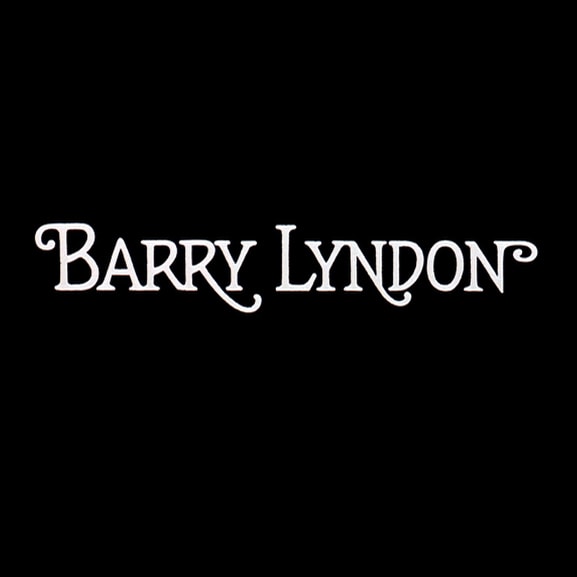
“Barry Lyndon. Kubrick’s Inspirations.”
by Yuri Neyman, ASC
Global Cinematography Institute GCI
“Watching this film is almost equal to walking through an art exhibition.”
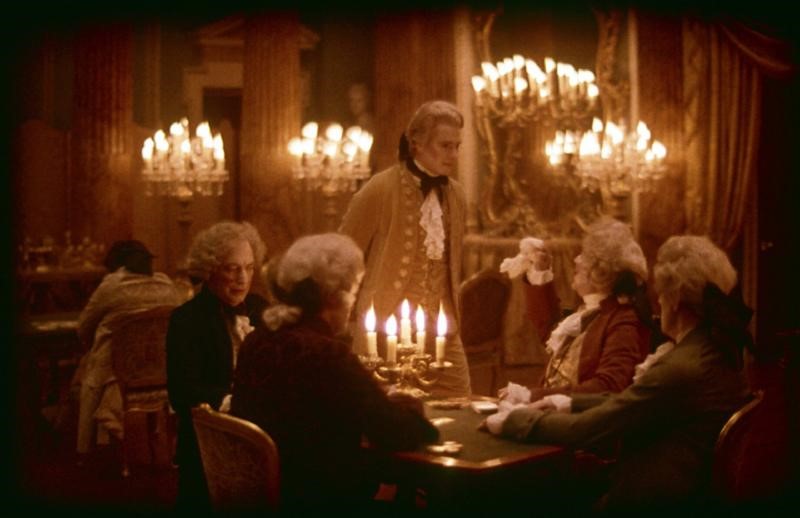


“Barry Lyndon” Director: Stanley Kubrick Cinematographer: John Alcott, BSC
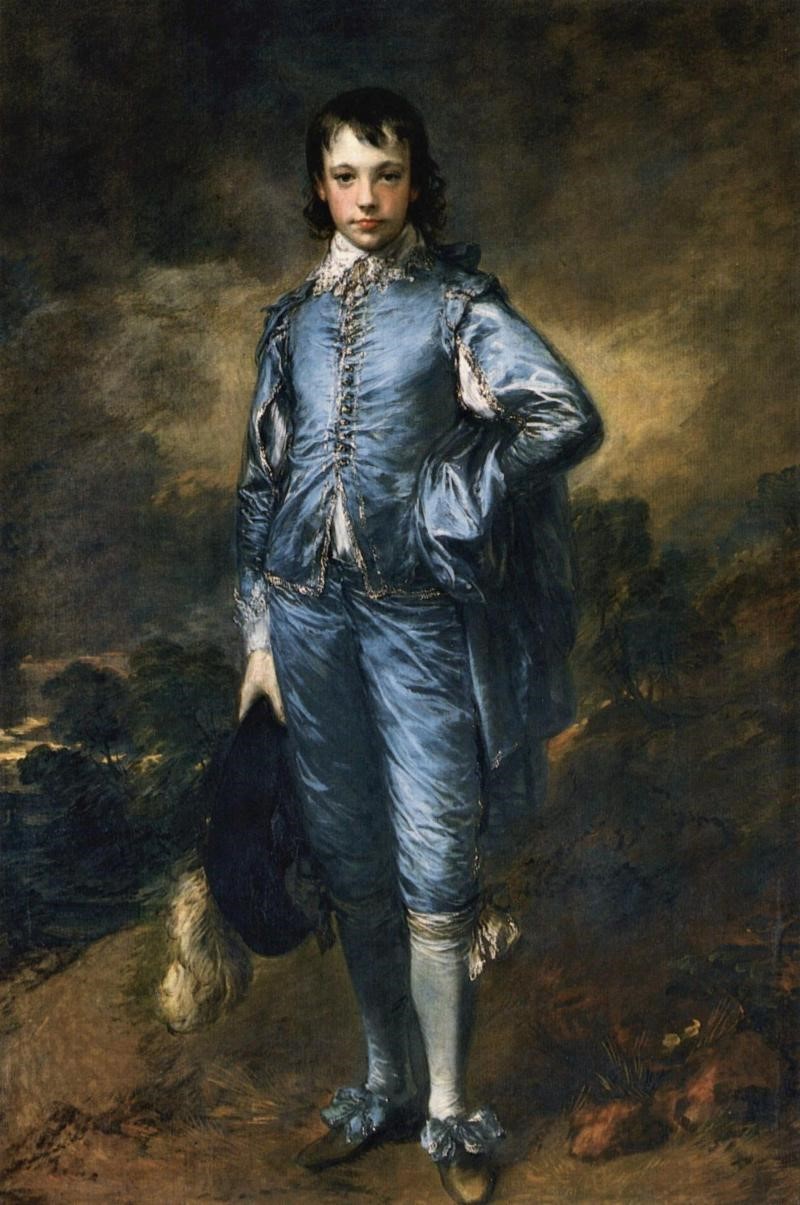 |
| “The Blue Boy” by Thomas Gainsborough (1779) |
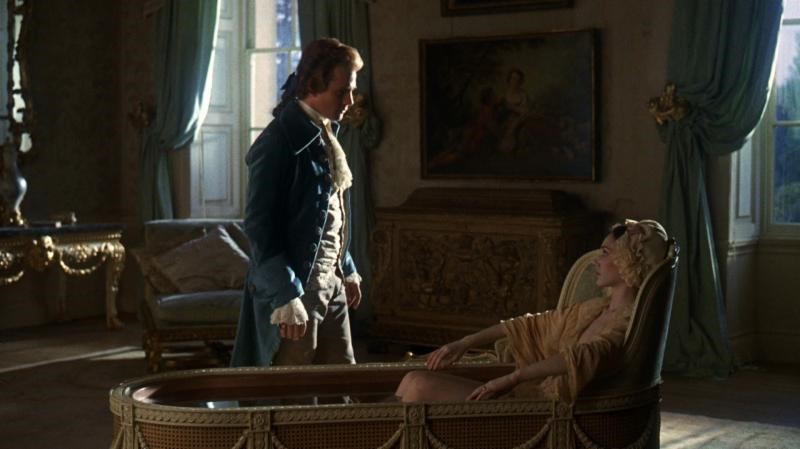 |
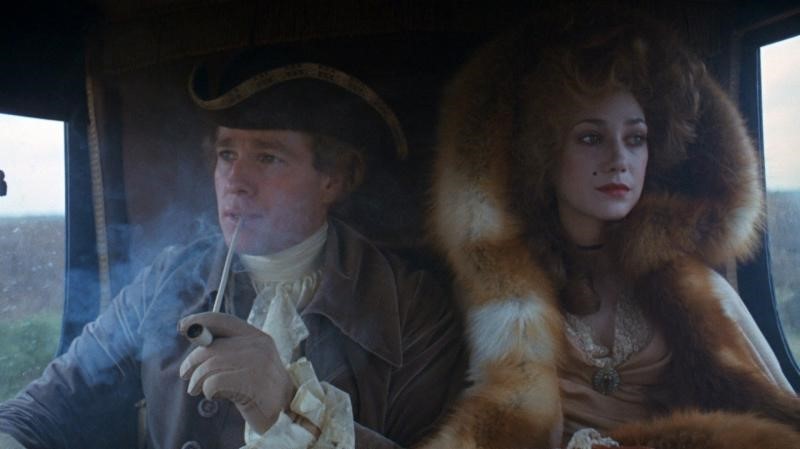 |
The history of cinematography and aesthetics plays an important role in our Expanded Cinematography® Curriculum. Cinematographers who know the history are able to develop and refine their visual style quicker which helps cinematographers of all skill levels to better compete in the competitive market.
Barry Lyndon (1975) is judged as a stroke of genius today, owed to its unique imagery with robust, precisely created shots.
Watching this film is almost equal to walking through an art exhibition.
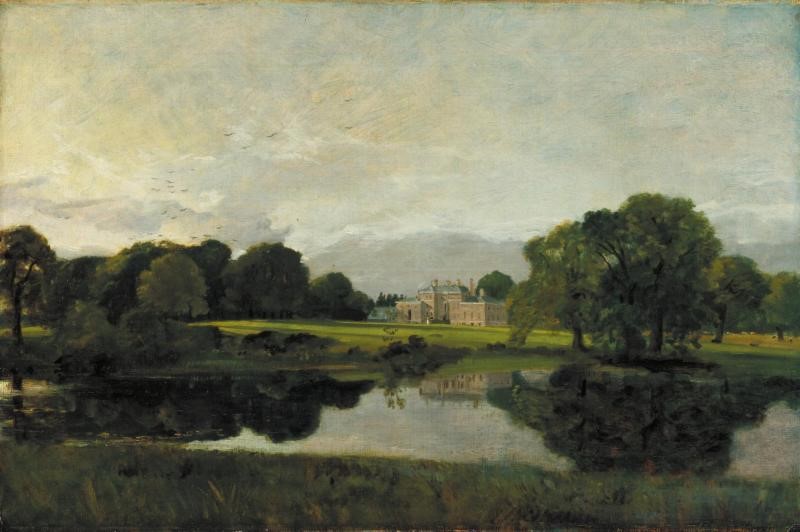 | 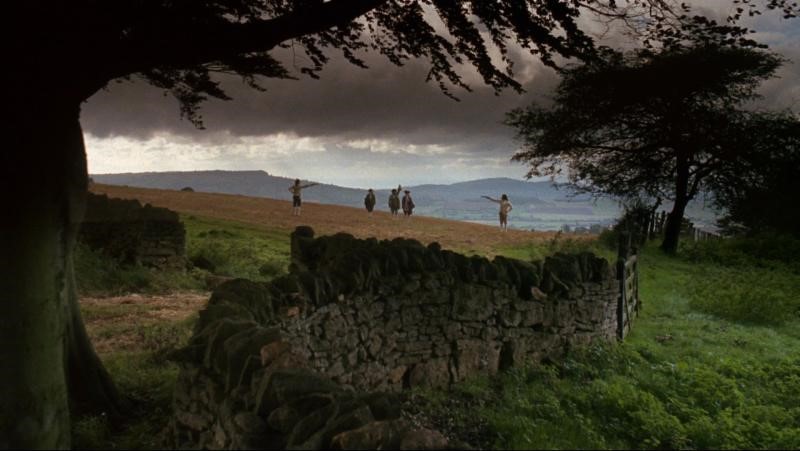 |
| “Malvern Hall” by John Constable (1809) | A frame from the film |
Numerous approaches were used to create this feel. It’s an exceptional illustration of how Stanley Kubrick, converted his strong vision into film via inspiration through classical art. Many of Kubrick’s discussions about eighteenth-century painting and their influence on visual construction of the film were with John Alcott BSC, CINEMATOGRAPHER, Ken Adam, Production Designer and Milena Canonero, his Costume Designer.
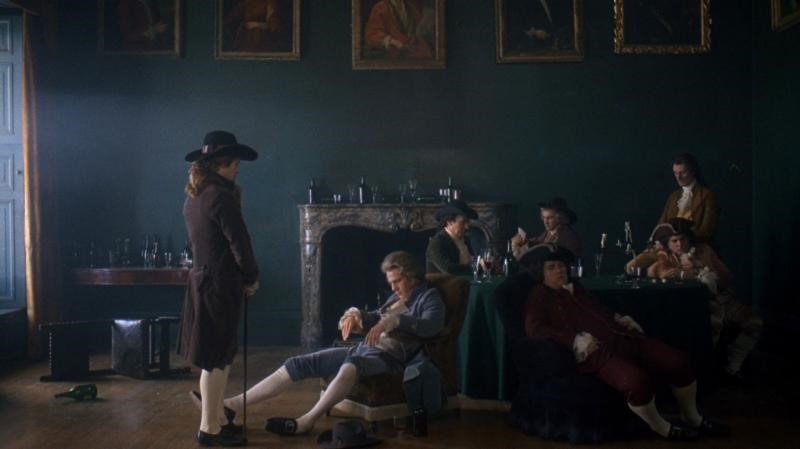 | 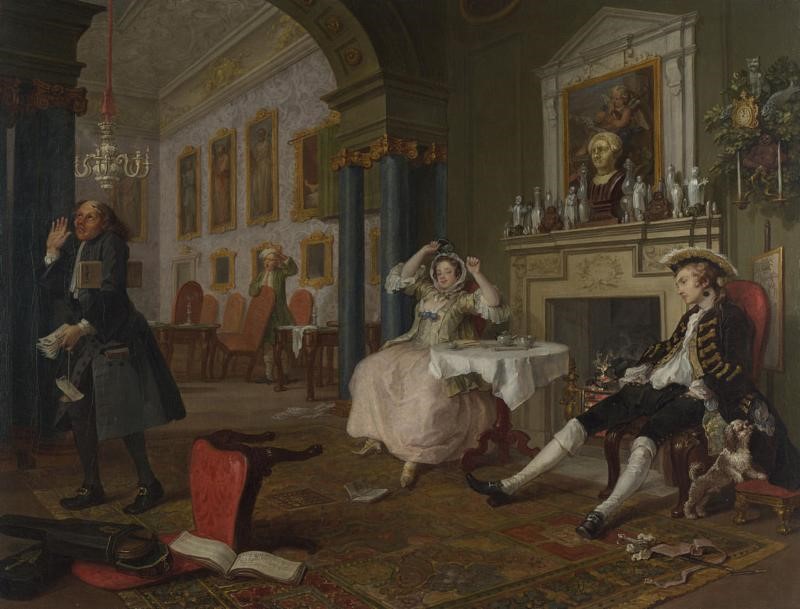 |
| A frame from the film | “The Tête à Tête” by William Hogarth (1743) |
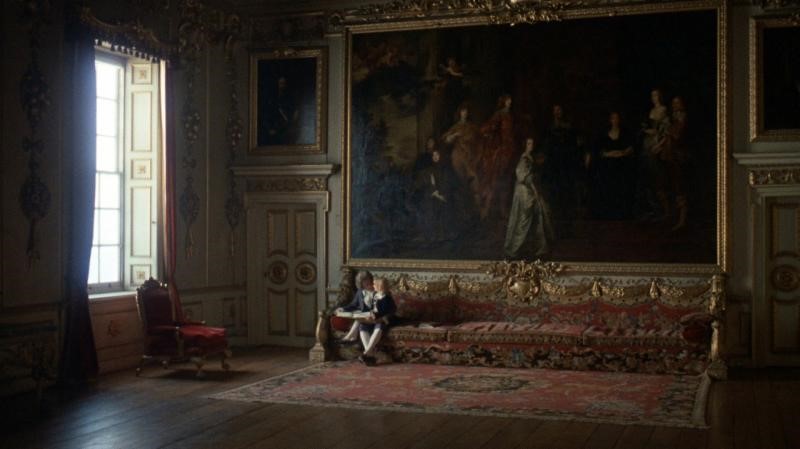 Well-known researcher of Kubrick, Bill Krohn wrote, “He wanted to take the audience into the past, and paintings were his windows into time. The portraits by Thomas Gainsborough and Joshua Reynolds showed him how people looked, wore their clothes and confronted their world, while a Hogarth narrative like the macabre Marriage A-la-Mode, about a doomed marriage between a penniless lord and a merchant’s daughter, contained scores of details about mores, public and private, which served as touchstones for Kubrick and his collaborators.”
Well-known researcher of Kubrick, Bill Krohn wrote, “He wanted to take the audience into the past, and paintings were his windows into time. The portraits by Thomas Gainsborough and Joshua Reynolds showed him how people looked, wore their clothes and confronted their world, while a Hogarth narrative like the macabre Marriage A-la-Mode, about a doomed marriage between a penniless lord and a merchant’s daughter, contained scores of details about mores, public and private, which served as touchstones for Kubrick and his collaborators.”
While Kubrick didn’t copy any one picture in any specific scene, the canvases served as a kind of mood board for the movie. “Kubrick put together an archive of thousands of reproductions of paintings cut from books and used them as shorthand with his collaborators,” Krohn wrote.
Kubrick was “determined not to reproduce the set-bound, artificially lit look of other costume dramas from that time. “After tinkering with different combinations of lenses and film stock,” the production obtained three super-fast 50mm lenses (Carl Zeiss Planar 50mm f/0.7) developed by Zeiss for use by NASA in the Apollo moon landings, which Kubrick had discovered.
These super-fast lenses “with their huge aperture (the film actually features the lowest f-stop in film history) and fixed focal length” allowed to photograph the famous “candels scene” with the ultimate realism – lit only with lights from candles.
Kubrick’s meticulous, practically fanatical care about all elements of the film causes audience to feel that Barry Lyndon is a genuine, documentary style record of the 18th Century.
 | 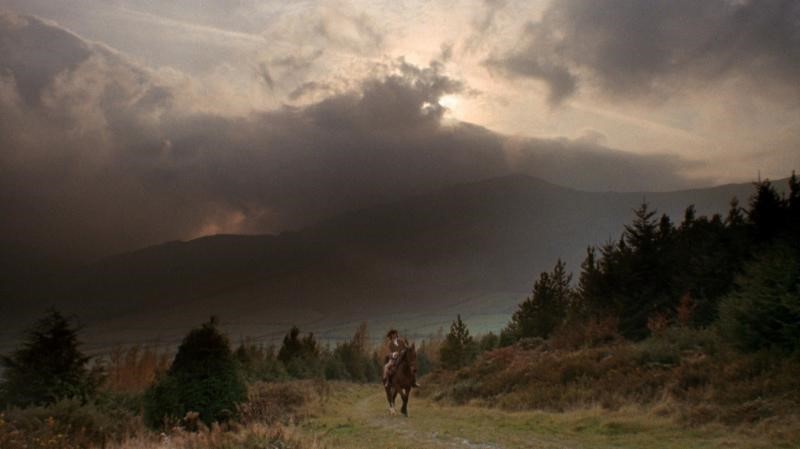 |
| “Landscape with Figures on a Path” by Thomas Gainsborough (1748) | A Frame from the film |





























